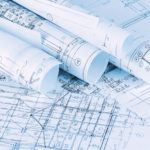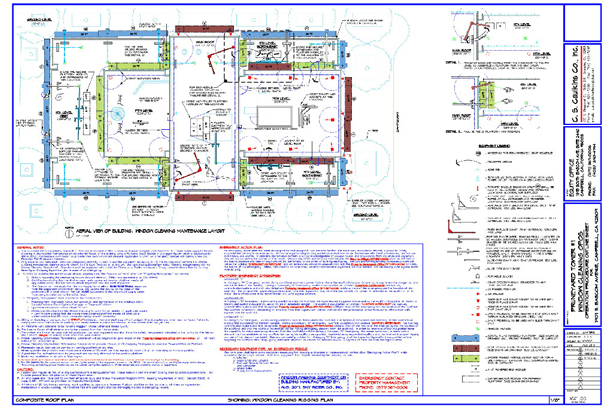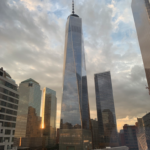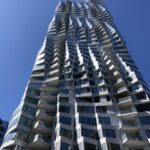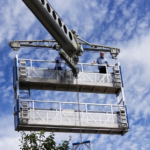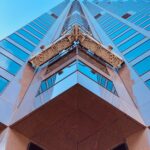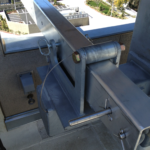Menu of Available Services
The C.S. Caulkins Co. Inc. has practiced engineering consulting since 1991, specializing in window cleaning and exterior maintenance equipment. A list of consulting services one may choose from is outlined below.
- Review the Project Drawings that are potentially affected by window cleaning/ exterior maintenance equipment.
- Attend a workshop meeting (virtual or in-person) with the project team to explore the various options for façade access equipment, identifying the ramifications for each alternative, and develop the best system, considering aesthetics, interfaces with roof structures, code compliance (safety); and cost.
- Prepare follow-up letter offering a continuation of our engineering services where applicable.

